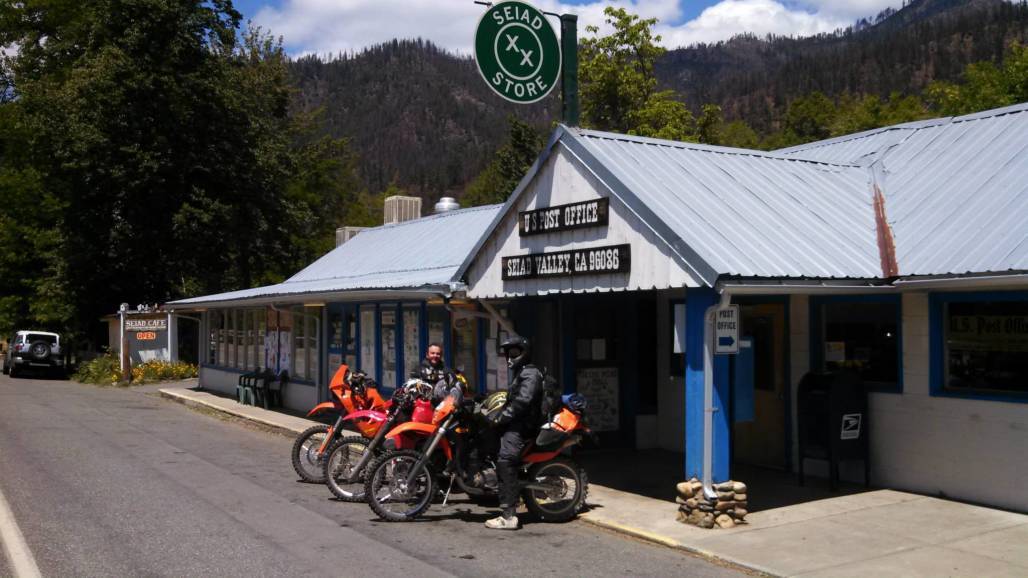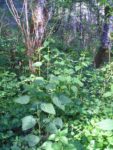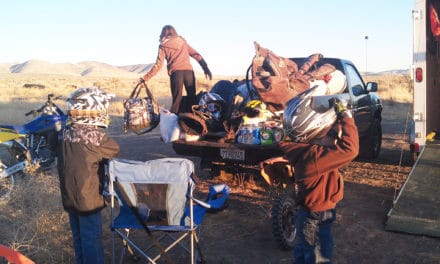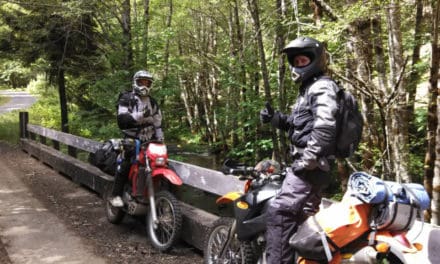What Almost Could Have Been
By Eileen Majors
Photos by John Stewart
When I got a look at the map of the State of Jefferson, or should I say the proposed State of Jefferson, and realized how it paralleled much of the area we write about, I was definitely interested in this story. It all came about with an advertiser looking to sell T-Shirts with an ad in the magazine. The seller pointed out how much of our writing and distribution area was enclosed in the territory, the reason for his ad inquiry. It all made sense to me, a group of rural counties in Southern Oregon, and Northern California who wished to leave their mother states and create The State of Jefferson, initially in an effort to better roads.
Claiming the name of late President Thomas Jefferson was not a new idea in 1941, but it was definitely the most famous attempt made by a group of towns wishing to leave their mother states to claim the title. The first proposed US state to be called the Jefferson State came about in the Southern Rocky Mountains but, was defeated by voters in 1859.
In 1941 however, momentum was growing for the cause in Northern California and Southern Oregon. On November 27, 1941 a proclamation was produced and handed out to motorists at blockades made by the group. The Yreka 20/30 Club printed the “Proclamation of Independence” and local citizens armed with hunting rifles erected and manned roadblocks on Highway 99. It is said that when the California Highway Patrol arrived, they told them to go back to California. The proclamation read, “You are now entering Jefferson, the 49th State of the Union.” It went on to say that the state had seceded from California and Oregon on this day, Thursday, November 27, 1941. The paper offered to every driver, pointed out a hundred miles of copper mine, claiming it was “the greatest copper belt in the far West.” They noted California and Oregon were depriving them of the necessary roads to access and mine the copper ore. The group, which signed the document as “State of Jefferson Citizens Committee” stated that until the two states built a road to access the copper, (“as a defense-minded state”) they would be forced to rebel each Thursday and act as a separate state. The document coming from the “Temporary State Capitol in Yreka, CA” urged drivers to carry the proclamation and to pass them out on their journey. You can read the entire proclamation at http://www.jeffersonstate.com/jeffersonproclamation.html.
The effort was now gaining the attention of major newspapers. On November 17, 1941, representatives from the mountain border counties involved met in Yreka to form an alliance and to seek federal aid for repairs and new construction of bridges and roads in their rugged terrain. The Siskiyou County Board of Supervisors voted to research the possibility of seceding. By December 4th Judge John L. Childs of Crescent City had already been elected as governor and a ceremonious inauguration was held. Newsreels taken were scheduled to air nationally beginning the week of December 8. Momentum was clearly on their side as they pursued better roads for mining, logging, and agriculture. The efforts however were curbed sharply by the attack on Pearl Harbor on December 7, 1941. It was no time to secede; it was time for the U.S. to be unified. The individuals involved immediately pledged their allegiance to the United States and served their country to win the war.


















